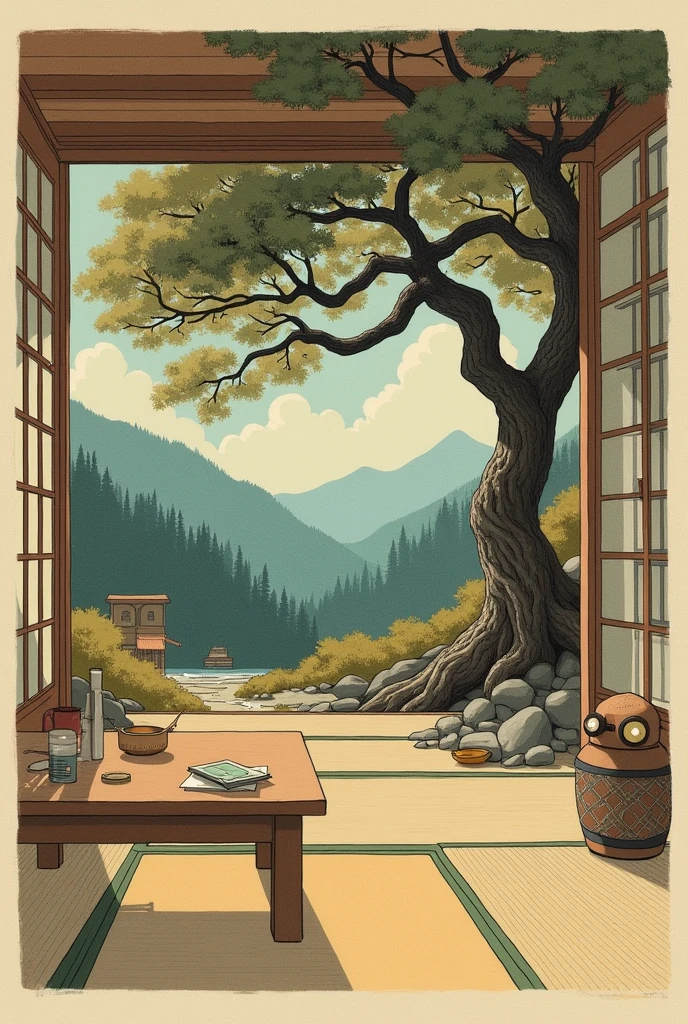Edmund Dulac Hanging tree illustration Creating a Japanese-inspired artisan

Generation Data
Records
Prompts
Copy
Edmund Dulac Hanging tree illustration Creating a Japanese-inspired artisan’s cabin that avoids stereotypes involves blending traditional Japanese elements with a more understated
,
organic
,
and perhaps eclectic aesthetic that reflects both the artist's personality and the natural environment
.
Here’s what might signify such a space:
1
.
Subtle Traditional Elements:
- Tatami and Shoji: Instead of overused motifs like cherry blossoms or lanterns
,
the cabin might incorporate tatami mats on the floor and shoji screens
,
but in a way that feels natural and lived-in
,
rather than staged or overly decorative
.
- Wood and Paper: The use of wood (such as cedar or pine) and washi paper in the structure or decor would be prominent
,
but these materials would be unpolished and authentic
,
possibly weathered with time
.
2
.
Natural Integration:
- Seamless Indoor-Outdoor Flow: The cabin would likely emphasize a deep connection with the surrounding nature
,
with sliding doors or large windows that open onto a garden
,
forest
,
or mountains
.
The landscape might include native plants or a small rock garden
,
but without the formality of a traditional Japanese garden
.
- Natural Light and Shadow Play: The architecture would make use of natural light and shadow
,
reflecting the Japanese aesthetic of “wabi-sabi
,
” which finds beauty in imperfection and transience
.
3
.
Functional Minimalism:
- Simplicity in Design: The furniture would be minimalist
,
with clean lines and functional design
,
but not necessarily modern or designer pieces
.
Low wooden tables
,
simple floor cushions
,
and handmade shelving could be featured
.
- Craftsmanship Over Decoration: The focus would be on the quality of materials and craftsmanship rather than ornamental details
.
For example
,
a rough-hewn wooden table might be more valued for its utility and the beauty of the wood grain than for any decorative carvings
.
4
.
Eclectic Personal Touches:
- Artistic Clutter with a Japanese Sensibility: The cabin would li
INFO
Checkpoint & LoRA

Checkpoint
SeaArt Infinity
#Landscape
#Anime
#Scene Design
#SeaArt Infinity
0 comment
0
1
0









